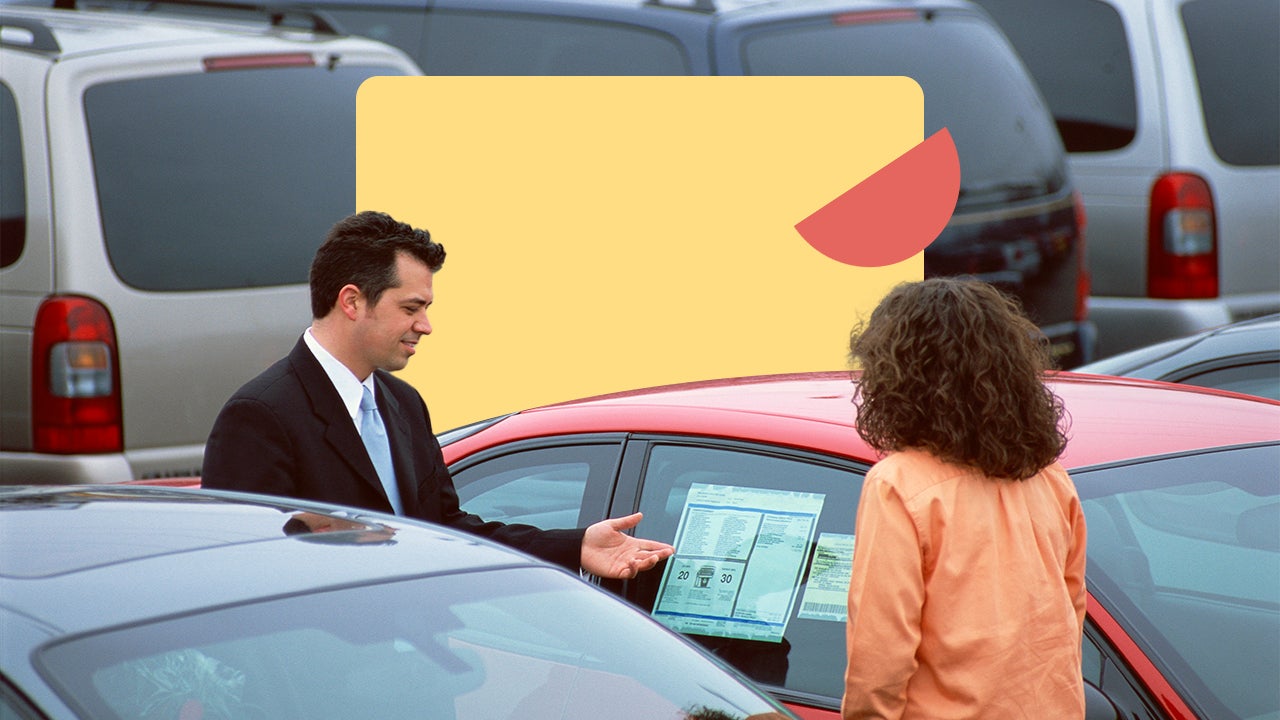How to lease a used car (and why it could help you save)

Key takeaways
- Leasing a used car can be a more affordable option compared to leasing a new car.
- Researching lease options and negotiating with the dealer are important steps in leasing a used car.
- The drawbacks of leasing a used car include limited inventory and mileage restrictions.
Used cars depreciate more slowly than new cars, making them an excellent choice if you want a low-cost lease. You can lease a used car, but they’re harder to find. Still, you could end up saving quite a bit each month. If you are in the market for newer vehicles that haven’t seen a lot of wear and tear, a used car lease could be right for you.
How to lease a used car: 3 steps
Leasing a used car is similar to leasing a new car. You’ll have to research the vehicle and negotiate with the dealer. But since they are rarer, you must do more legwork to find a good deal.
1. Research lease options
Not every dealer offers leases on used cars. You are more likely to find leases on certified pre-owned (CPO) cars, generally only available at a franchise dealer. You will also want to call or email ahead of time to ensure the dealer sets up used car leases.
Do your research on recent models that you might want to lease. And, most importantly, comparison shop. Even if you aren’t buying the car, check what they are selling for on sites like Edmunds and Kelley Blue Book. This gives you a good starting point during negotiation.
As you comparison shop, be sure to review and compare the lease options carefully, paying attention to the the features of a lease that will impact your overall cost, such as:
- Total vehicle cost
- Monthly payment amount
- Annual mileage limits
- Early termination fee
- Acquisition fee
- Residual fee
- Disposition charge
2. Negotiate with the dealer
Once you have found a dealer and price-shopped, it’s time to start negotiating. Like a new car lease, the cost of a used car lease is based on a money factor — similar to the interest rate on a loan.
You can negotiate the money factor along with mileage limits and residual value. You want to ensure you’re getting a fair price on the overall cost, including fees, taxes and the money you put down. Use our car lease calculator to see how changing these details changes your monthly payment.
These tips can help make your lease negotiations more successful:
- Make sure you understand lease jargon: You can negotiate more effectively if you know the jargon dealers use in association with a lease contract and which of these lease costs are flexible.
- Do your research: Arming yourself with information like the fair market value of a vehicle and the lease offers available through other dealers can give you more leverage in negotiations.
- Be willing to walk away: If you appear to be in a rush or in desperate need of a car right away, a dealer may take advantage of that vulnerability. Instead, play it cool and make clear you’re perfectly willing to walk away or keep searching for a better deal.
- Ask about incentives: Rebates available from a car manufacturer or dealer incentives can make a big difference in the cost you pay over the life of a lease. Be sure to ask about the availability of these things during negotiations.
- Try to minimize your down payment: Unlike when you buy a car, making a large down payment does not increase your equity in a leased vehicle. You can lose that money if the car is totaled in an accident. Making a big down payment is a classic car leasing mistake.
3. Pay attention to the contract
Your contract will include a variety of important details that impact the cost of the vehicle you’re leasing, as well as how you use the vehicle, including:
- Fees
- Mileage limits
- Maintenance, what’s covered and what isn’t
- Purchase option
- Expected depreciation
- Residual value at lease end
You’ll also want to keep an eye out for add ons that you do not want included in your lease. This could include, for instance, extended warranties. These can be useful in some circumstances, but most CPO cars have a manufacturer’s warranty.
Pros and cons of leasing a used car
Leasing a used vehicle comes with the perk of less expensive monthly payments but will mean you’ll have to be extremely careful not to surpass your mileage limit.
Pros
- Monthly payments: Monthly payments for car leases are typically lower because you only pay to use the car. Because payments are based on depreciation and used cars depreciate more slowly than new ones, leasing a used car means an even lower payment.
- Maintenance: Maintenance may be covered for leased vehicles. Check your leased agreement to be sure.
Cons
- Use and mileage: Leases have mileage restrictions and other fees associated with the lease. Buying a car has no mileage limit, but excessive mileage affects the car’s resale or trade-in value.
- Hard to find: Used car leases are uncommon, so it will take extra work to find a dealer that offers them.
- Maintenance costs: They’re likely to be higher with an older car than a brand-new one. If your lease agreement doesn’t require the lessee to cover maintenance costs, you’ll be on the hook.
Alternatives to leasing a used car
Leasing a used vehicle may not be the right choice for everyone, depending on your budget and driving or lifestyle needs. If that’s the case, there are other options to get you into the car of your choice. The two main alternatives are: buy the car outright or look into lease swaps.
Buying used
The most financially sound option is generally to buy instead of lease. You will own the car at the end of your loan, which gives you the option to either sell it or drive it until the end. It opens you up to depreciation and the potential of being upside down on your loan. But for many, it’s the easiest way to get an affordable ride.
But if you fall in love with your leased car, you will likely have the option to buy it at the end of the lease term. So, leasing used could be a good way to get in a few cheap monthly payments before committing to a car.
Lease swaps
Lease-trading sites like LeaseTrader can help you find good deals from people looking to end their lease contracts early. The cars you find may not necessarily be considered “used” by dealer standards, but they will have seen some action from another owner.
Since you’re taking over an existing lease, the remaining lease term may be shorter than the typical three or more years.
Bottom line
If you’d like to lease a car, but a new vehicle is out of reach for your budget, leasing a used car can be a more affordable option. Research your options before making your final decision and don’t forget to negotiate with dealers. And before you sign any used car lease agreement, review the terms carefully to ensure it’s a good fit for your budget and lifestyle.






